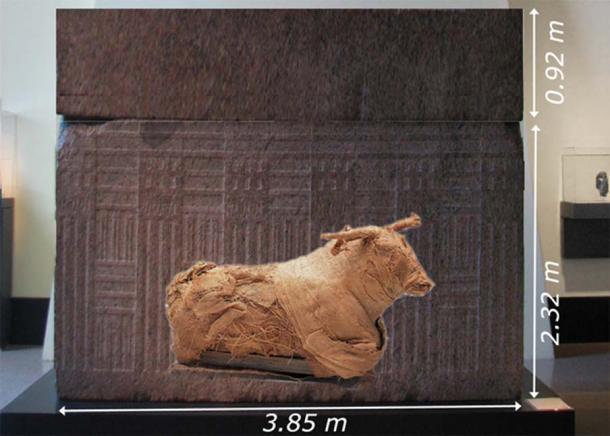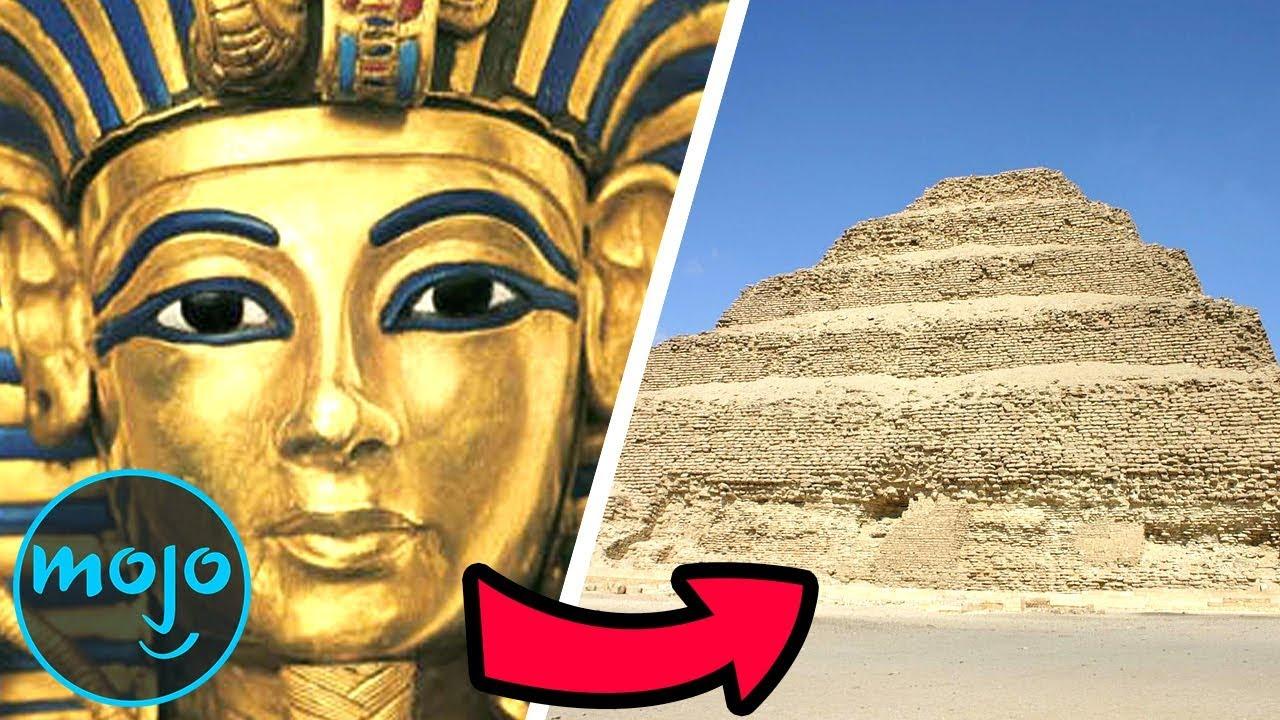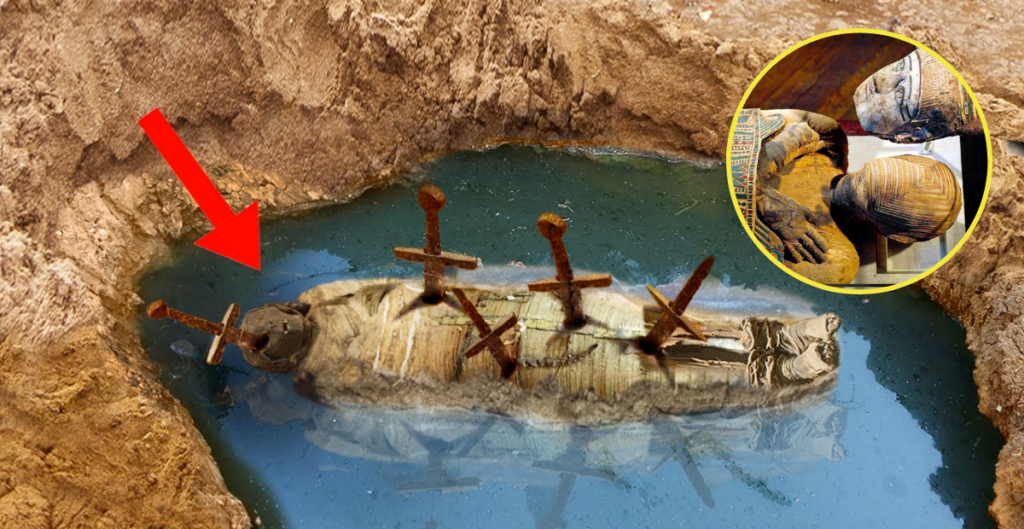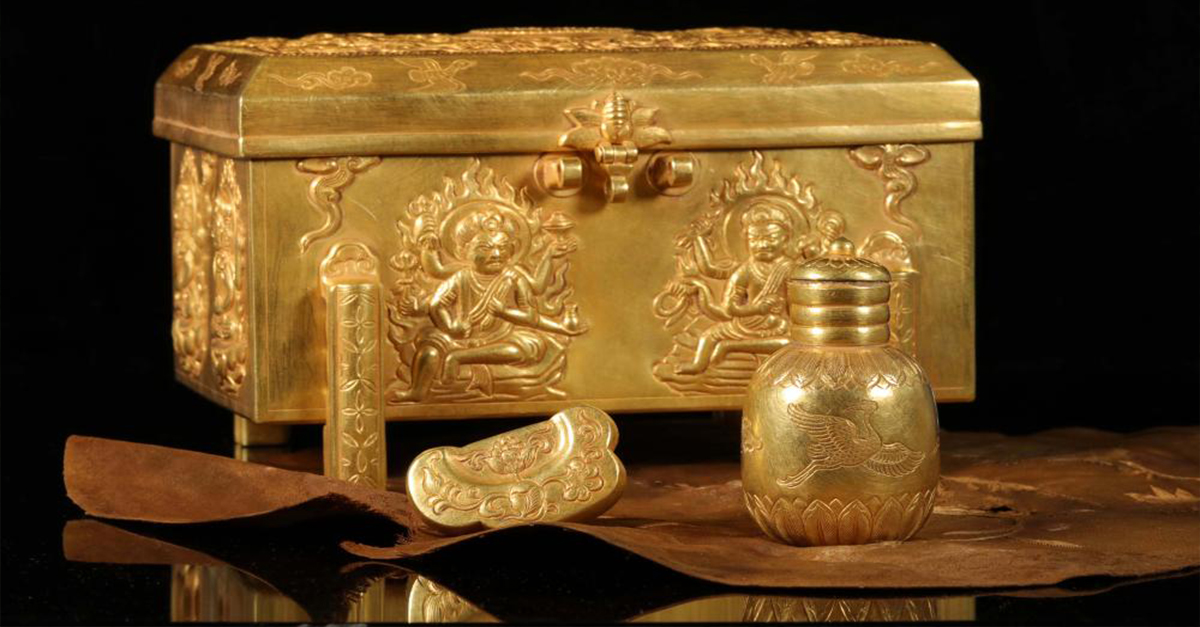On July 19, 1799, French soldiers pulled a discreet stone slab out of the rubble of a demolition wall in Rosetta, a port city on the Nile Delta. At that time, they discovered a stone slab full of hieroglyphic inscriptions. However, at that time, no one knew the true value of this stone stele – the stone stele made of granite-like flint, only 112 cm high and 75.7 cm wide, turned out to be a fragment of a The ancient stele is much larger.
The search and discovery process caused a lot of damage to the stone slab. Two-thirds of the upper text, illegible hieroglyphs, are missing. Additionally, many roads are damaged at the edges. The middle text in Demotic script, a form of ancient Egyptian writing considered the language of the entire people at that time, is the best preserved. Meanwhile, the text in ancient Greek is engraved at the bottom and there is a large piece in the corner that is missing.

At that time, no one knew what the three texts carved on the stone meant. Whether they are identical messages in different languages and scripts is unclear. Lieutenant Pierre-Francois Bouchard, commander of Napoleon’s expeditionary corps, at that time felt fascinated by this stone. However, even the French archaeologists who accompanied them at that time had no explanation and wanted to bring the discovery back to France for further investigation.
But that effort failed in 1801 due to the British victory over the French. The defeated were required to hand over all ancient Egyptian artifacts collected by the French. And so the Rosetta Stone was brought to London as a spoil of war. To this day, it remains on display in the British Museum.
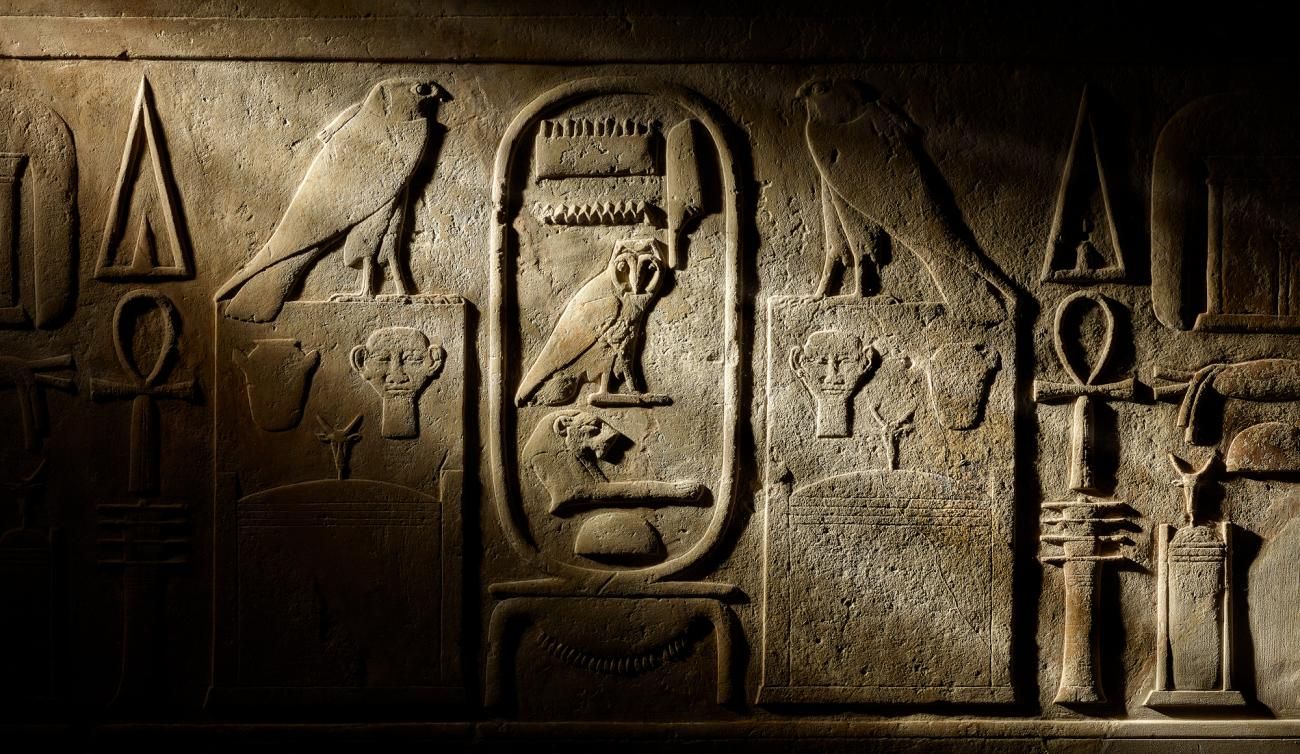
Excited by the mysterious discovery, researchers from all over Europe then came to England and began decoding the characters on this stone tablet.
Silvestre de Sacy, a French archaeologist at that time, said that the ancient Greek characters refer to demons in the culture of the ancient Egyptians. In 1802, Swedish Johan David Akerblad succeeded in reading and decoding the names engraved on the stone slab. Later, Thomas Young, an English decoder, tried to explain the meaning of the stone mathematically, but he did not understand the complex grammar of ancient Egyptian writing.
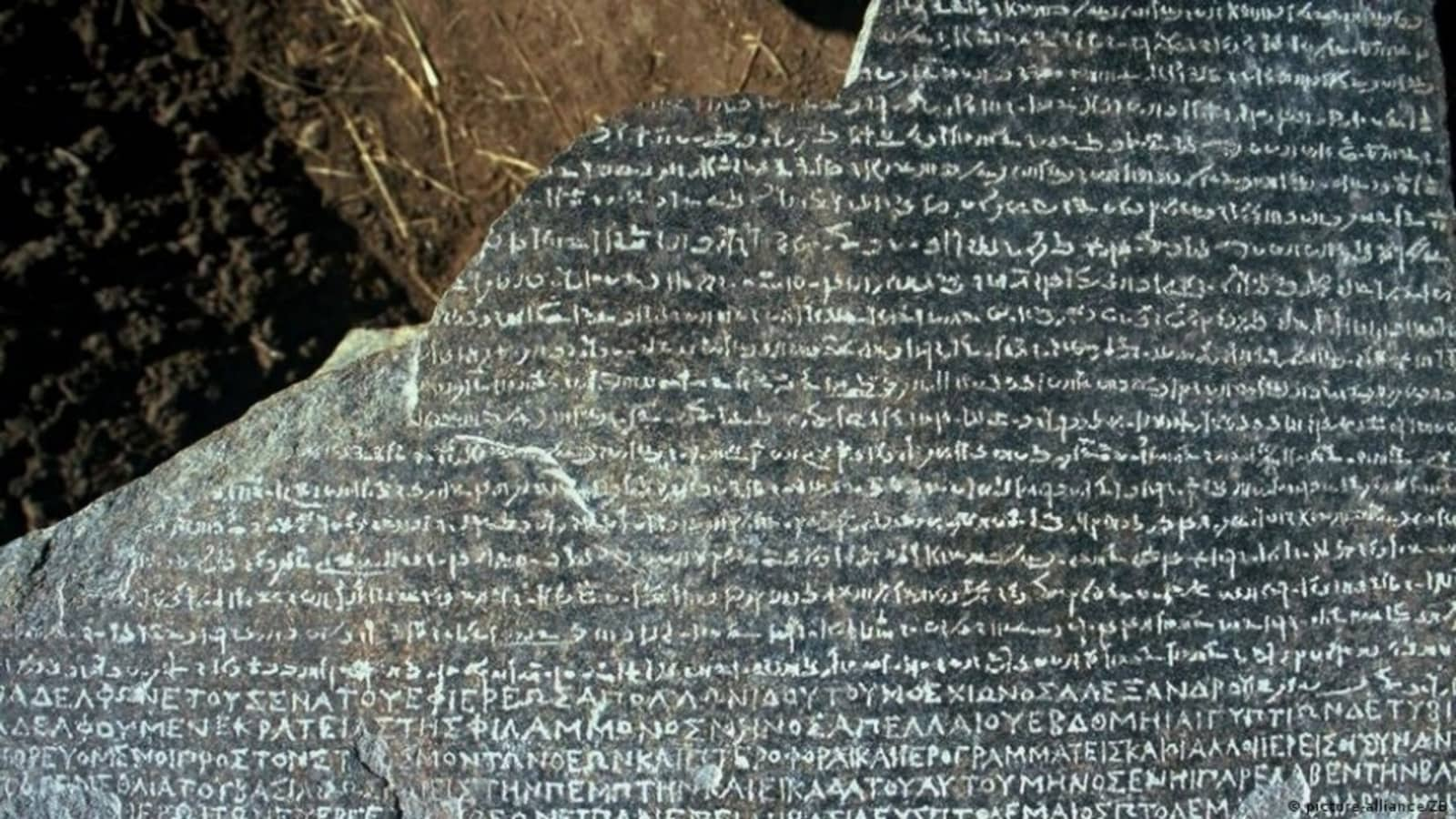
Finally, it was Jean-Francois Champollion (1790-1832), a French linguist, who achieved a breakthrough in decoding: Unlike Young, he spoke fluent Coptic and knew a lot about Egypt as well as its culture. He discovered that the characters of the Demotic script represented syllables, while the Ptolemaic hieroglyphs in turn reflected the sounds of the Coptic language.
“This allowed Champollion to prove that the Coptic language was behind the hieroglyphics,” Hanover-based Egyptologist Christian Loeben told DW. “That’s how he deciphered the hieroglyphs.”
Egyptian hieroglyphs – a type of pictorial writing using figures of people, animals and objects – were used from about 3,200 BC to 400 AD. Over time, this written language gradually fell out of use and people could no longer read it.

Scientists believe that the stele was created around 196 BC during the Ptolemaic era (about 323 to 30 BC). The rule of the Ptolemaic dynasty has been threatened by power struggles since the death of pharaoh Ptolemy IV. When a rebellion broke out in 204 BC, those who remained loyal to the pharaoh and a council of Egyptian priests created the so-called “Decree of Memphis” in 196 BC and engraved it on this stone slab..
It was written in a way that three groups of people could read: Nobles and people of high social status would use hieroglyphs; Officials would normally use Demotic script; and the Greeks in Egypt used ancient Greek writing. Accordingly, a stele with 3 documents consisting of 3 types of writing with identical content was erected in Egypt.
With the help of the Rosetta stone, Jean-Francois Champollion created an alphabet of phonetic hieroglyphs, and other scholars were able to use it to completely translate the inscription.
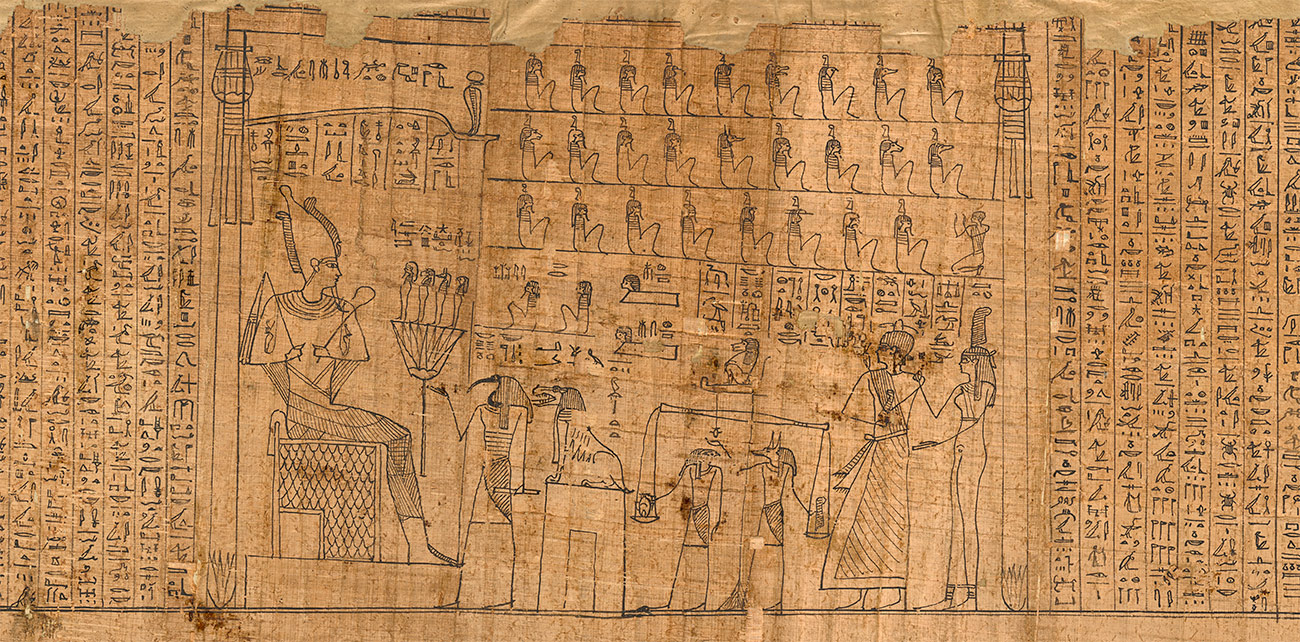
“Thanks to the Rosetta Stone, Champollion was able to decipher the hieroglyphs,” said Loeben, head of the Egyptology Department at the Kestner Museum in Hanover. “This gave the Egyptians their ‘voice’. ‘ their”. “At the same time, it marked the birth of Egyptology.”
To this day, the Rosetta Stone is considered one of the most important archaeological finds ever. Its significance is huge – and not just for science.
“The stone belongs to humanity, no matter where it is,” said German Egyptologist Loeben. Egyptian objects in museums around the world are the best ambassadors of ancient Egypt outside the country”.
Loeben is currently preparing a major exhibition on Rosetta stones for the Roemer and Pelizaeus Museum in Hildesheim, Germany. The “Decoding” program will start on September 9, 2023.
Starting October 13, 2022, a major exhibition at the British Museum in London titled “Hieroglyphs: Unlocking Ancient Egypt” will celebrate the discoveries of researchers. research – exactly 200 years after humanity decoded the hieroglyphs on the stone.
Reference: Thearchaeologist; Engadget; Futurism
